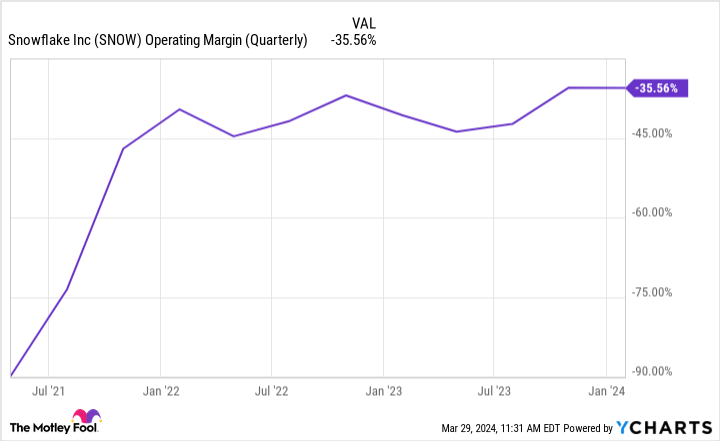
Social Security provides an important level of financial support in retirement. Nearly 90% of retired workers say they depend on monthly benefits to make ends meet, and about 60% classify those benefits as a “major source” of income, according to Gallup.
Moreover, Social Security tends to become increasingly important as time passes and other savings are depleted. In that context, a little extra benefit income can have a big effect on quality of life. Read on to learn about three ways retired workers can increase their Social Security benefit.

1. Spend another year (or more) in the workforce
Social Security retirement benefits are based on work history, lifetime earnings, and claiming age. Specifically, a formula is applied to the average inflation-adjusted earnings from the 35 highest-paid years of work to determine a person’s primary insurance amount (PIA). The PIA is the benefit a worker would receive if they started collecting Social Security at full retirement age, which is age 67 for anyone born in 1960 or later.
The Social Security Administration calculates the PIA for each worker when they reach age 62, the age at which they become eligible for retirement benefits. But the PIA is recalculated each year to account for updated work histories and lifetime earnings. That means some retirees could increase their Social Security benefit by spending another year (or more) in the workforce.
Specifically, there are two situations in which that decision would make sense: First, anyone who lacks 35 years of work history would benefit from additional work. Second, anyone who could earn enough money during the year that it would rank among their 35 highest-paid years would also benefit.
2. Wait longer to start Social Security retirement benefits
As mentioned, claiming age also plays a role in determining Social Security benefits. Eligibility begins at age 62, but workers who claim Social Security before full retirement age receive a smaller payout, meaning they get less than 100% of their PIA.
Similarly, workers who claim Social Security after full retirement age receive a bigger payout, meaning they get more than 100% of their PIA. There is one important restriction. Delayed retirement credits stop accumulating at age 70, so there is no advantage to claiming any later.
So, retirees who have neither reached age 70, nor claimed Social Security, can increase their payout by waiting longer to start Social Security. The precise increase depends on how long they delay. After full retirement age, benefits increase by two-thirds of 1% per month, or 8% per year.
The chart below shows the relationship between full retirement age and birth year, and it shows the benefit a retired worker would receive (as a percentage of their PIA) at age 62 and age 70. In other words, the chart details that maximum benefit reduction for claiming early, and the maximum benefit increase for claiming late.
|
Birth Year |
Full Retirement Age |
Benefit at Age 62 |
Benefit at Age 70 |
|---|---|---|---|
|
1943-1954 |
66 |
75% |
132% |
|
1955 |
66 and 2 months |
74.2% |
130.6% |
|
1956 |
66 and 4 months |
73.3% |
129.3% |
|
1957 |
66 and 6 months |
72.5% |
128% |
|
1958 |
66 and 8 months |
71.7% |
126.6% |
|
1959 |
66 and 10 months |
70.8% |
125.3% |
|
1960 and later |
67 |
70% |
124% |
Data source: The Social Security Administration.
3. Suspend Social Security retirement benefits
Retirees who have reached full retirement age (but have not yet turned 70) can suspend their Social Security benefits to earn delayed retirement credits. As mentioned, delayed retirement credits increase the payout by two-thirds of 1% per month, which is equivalent to 8% per year.
Retired workers who suspend their Social Security benefit can restart at any time by notifying the Social Security Administration. Alternatively, benefits will automatically restart when the retired worker reaches age 70.
The $21,756 Social Security bonus most retirees completely overlook
If you’re like most Americans, you’re a few years (or more) behind on your retirement savings. But a handful of little-known “Social Security secrets” could help ensure a boost in your retirement income. For example: one easy trick could pay you as much as $21,756 more… each year! Once you learn how to maximize your Social Security benefits, we think you could retire confidently with the peace of mind we’re all after. Simply click here to discover how to learn more about these strategies.
The Motley Fool has a disclosure policy.
3 Ways Retirees Can Increase Their Social Security Benefit was originally published by The Motley Fool
EMEA Tribune is not involved in this news article, it is taken from our partners and or from the News Agencies. Copyright and Credit go to the News Agencies, email [email protected] Follow our WhatsApp verified Channel









